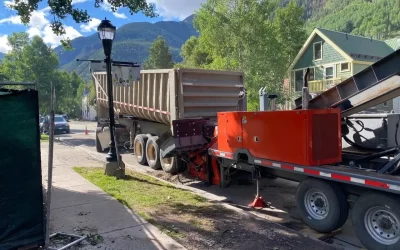In design, any shuttle valve is actually a very simple concept. This, unlike other valves, allows for the media, typically air in pneumatic systems, to come into the valve from two sources. While the shuttle valve is commonly found in pneumatic systems, it can also be used for hydraulics.
The Design
The pneumatic shuttle valve, or one used in hydraulic systems, works with three ports. There are two inlet ports on either end and an outlet port in the middle. Within the valve, there is a blocking component or element, which is often a ball. As the pressure changes from either inlet, the blocking component moves up and back in the valve, reducing flow from one inlet while opening up the outlet to allow flow.
With the use of the pneumatic shuttle valve, there is no concern about back pressure building up in the system. There is also no option for backflow as the blocking agent eliminates this as it moves in response to the pressure.
In this way, the shuttle valve is a better option in some systems than a check valve. While the check valve will eliminate the backflow, it does not relieve system pressure, which is an important consideration in both pneumatic and hydraulic applications.
Uses of the Shuttle Valve
One of the most common uses of the pneumatic shuttle valve is in compressors. This can include, in emergency compressors or those which are designed for use in standby situations. Since the valve can be controlled by pressure on both the compressor and the standard power supply, the system will switch off and on from standby without the need for manual operation.
Any pneumatic application where the air is used to control a system is also a good option for this type of valve. Choosing the right size and type of valve will always be an essential consideration.



